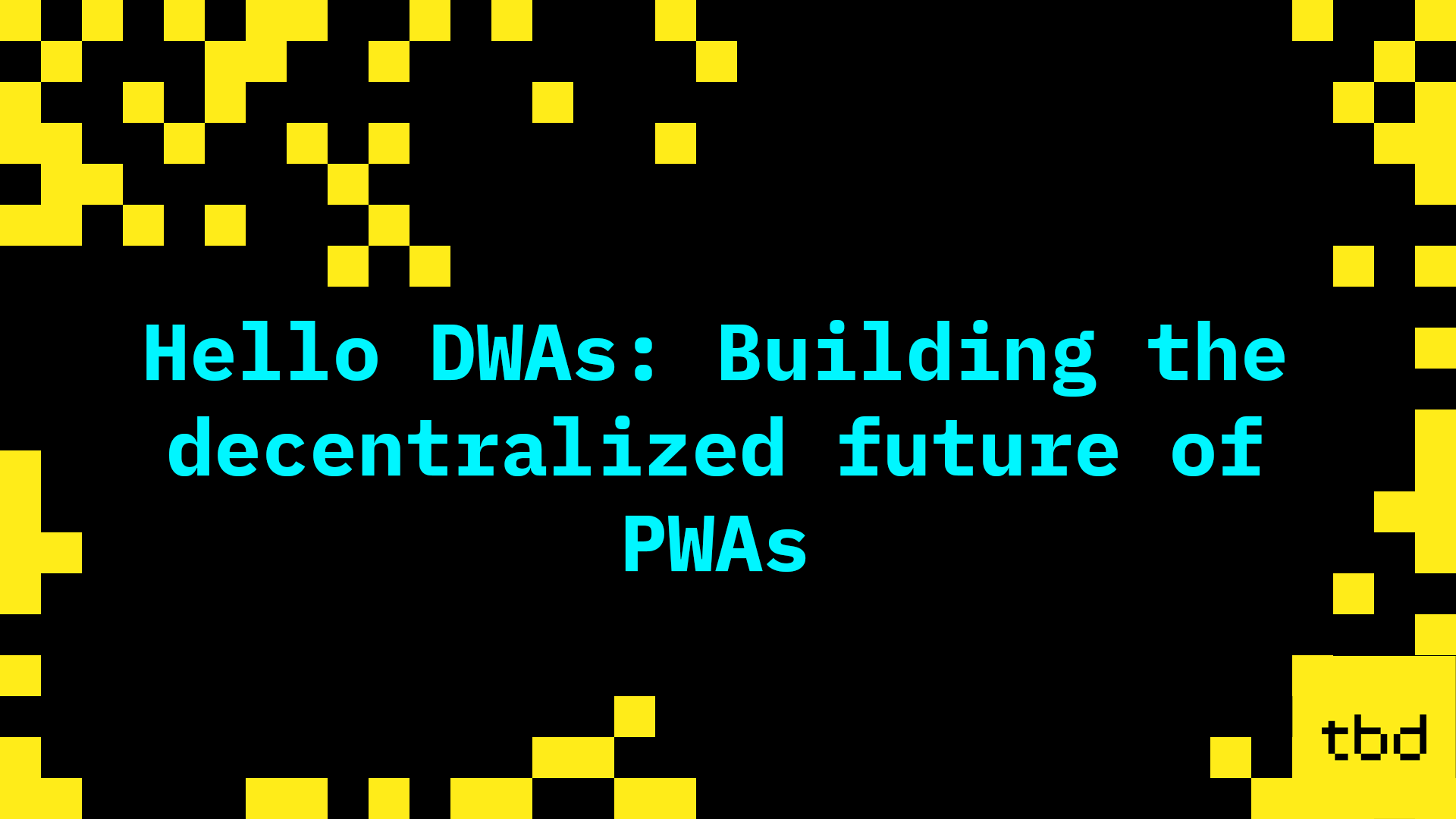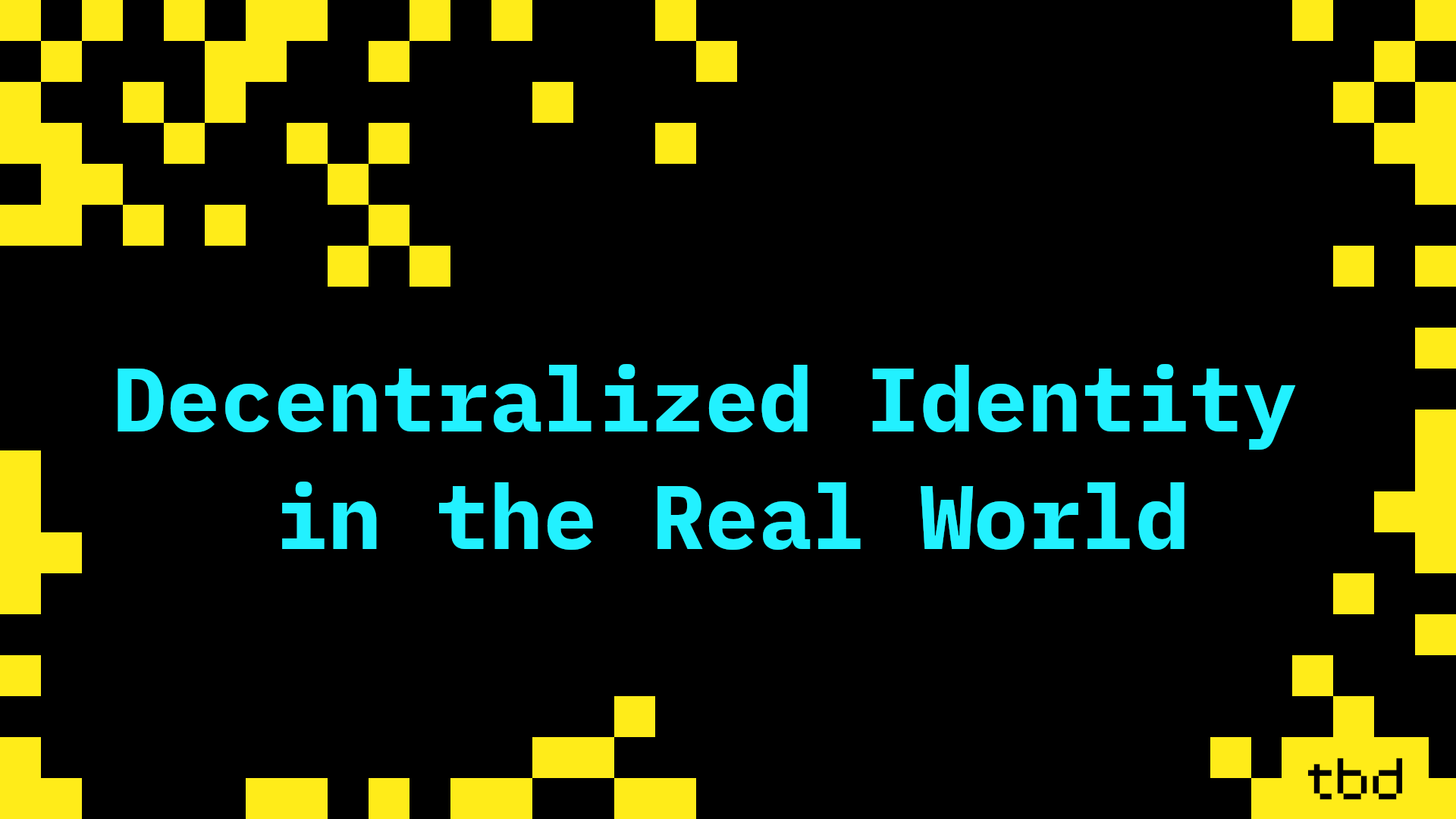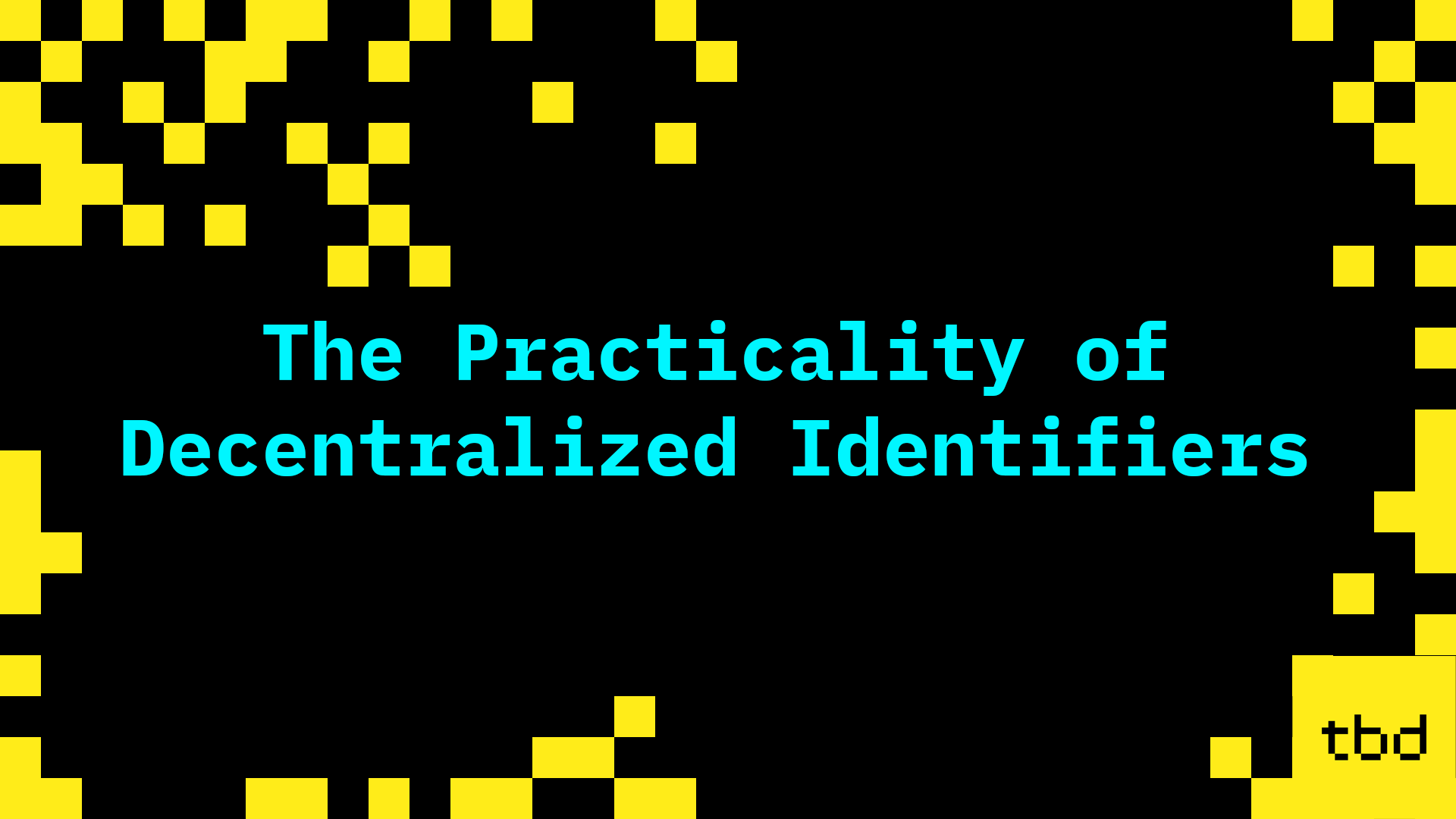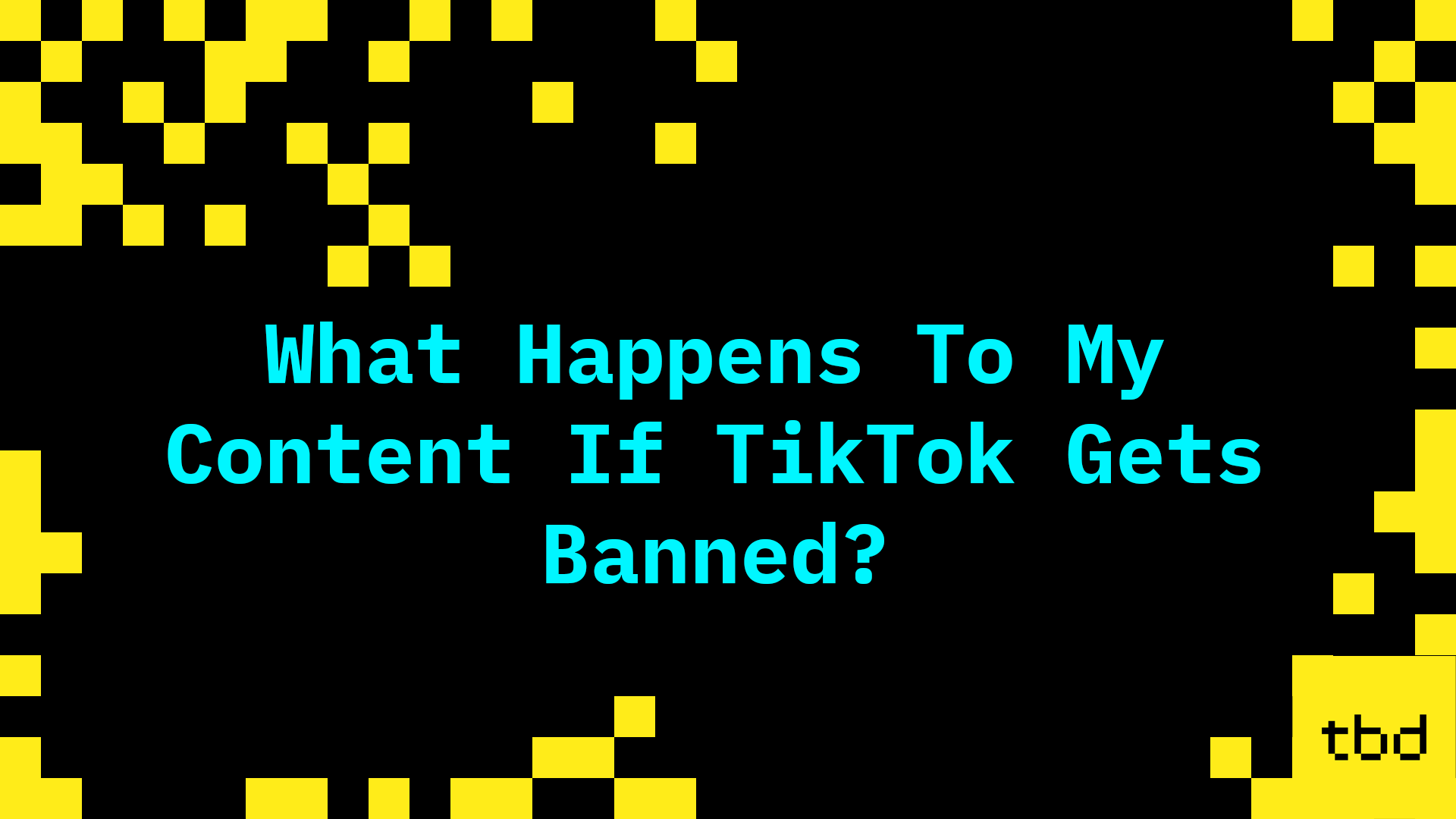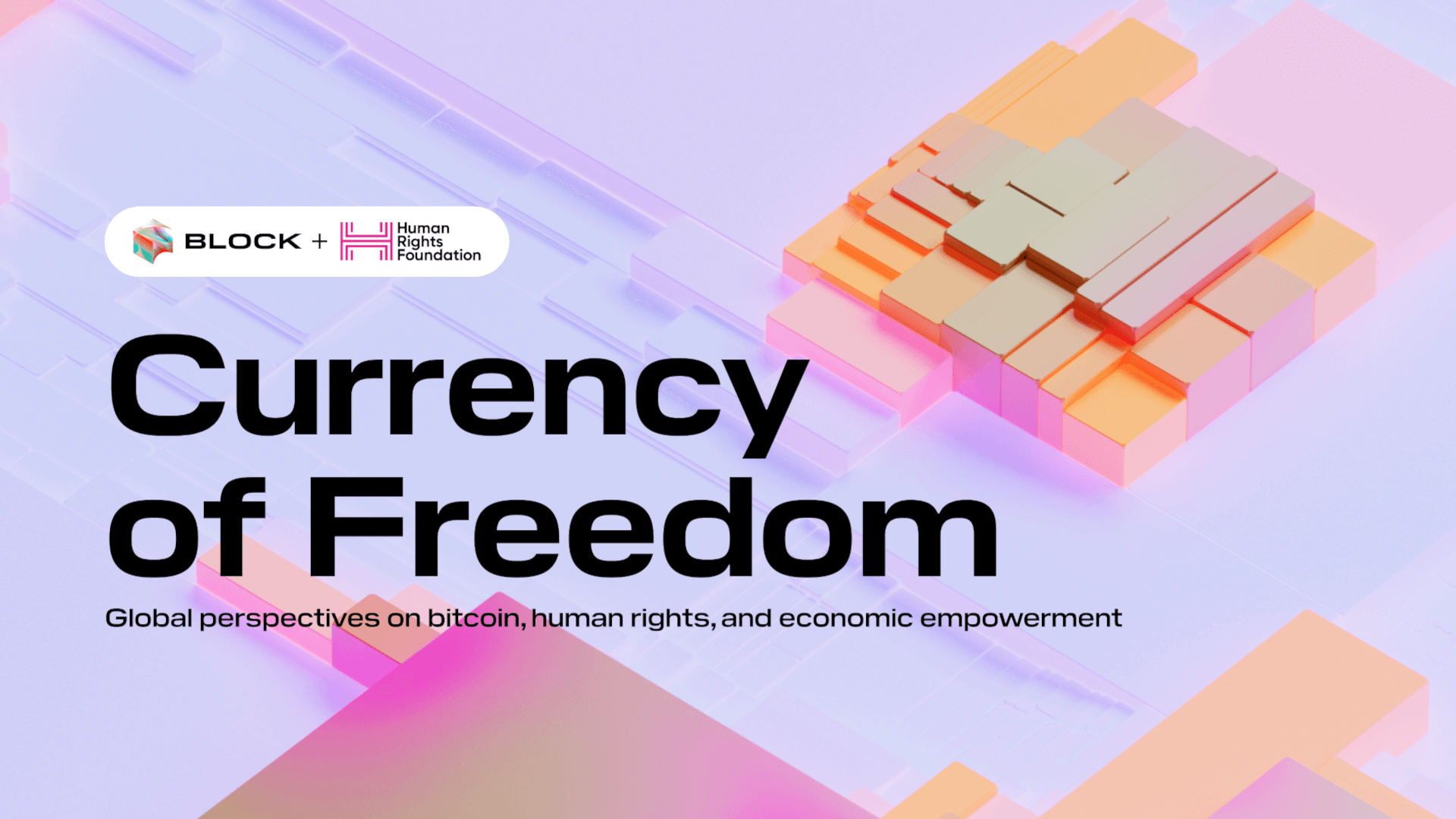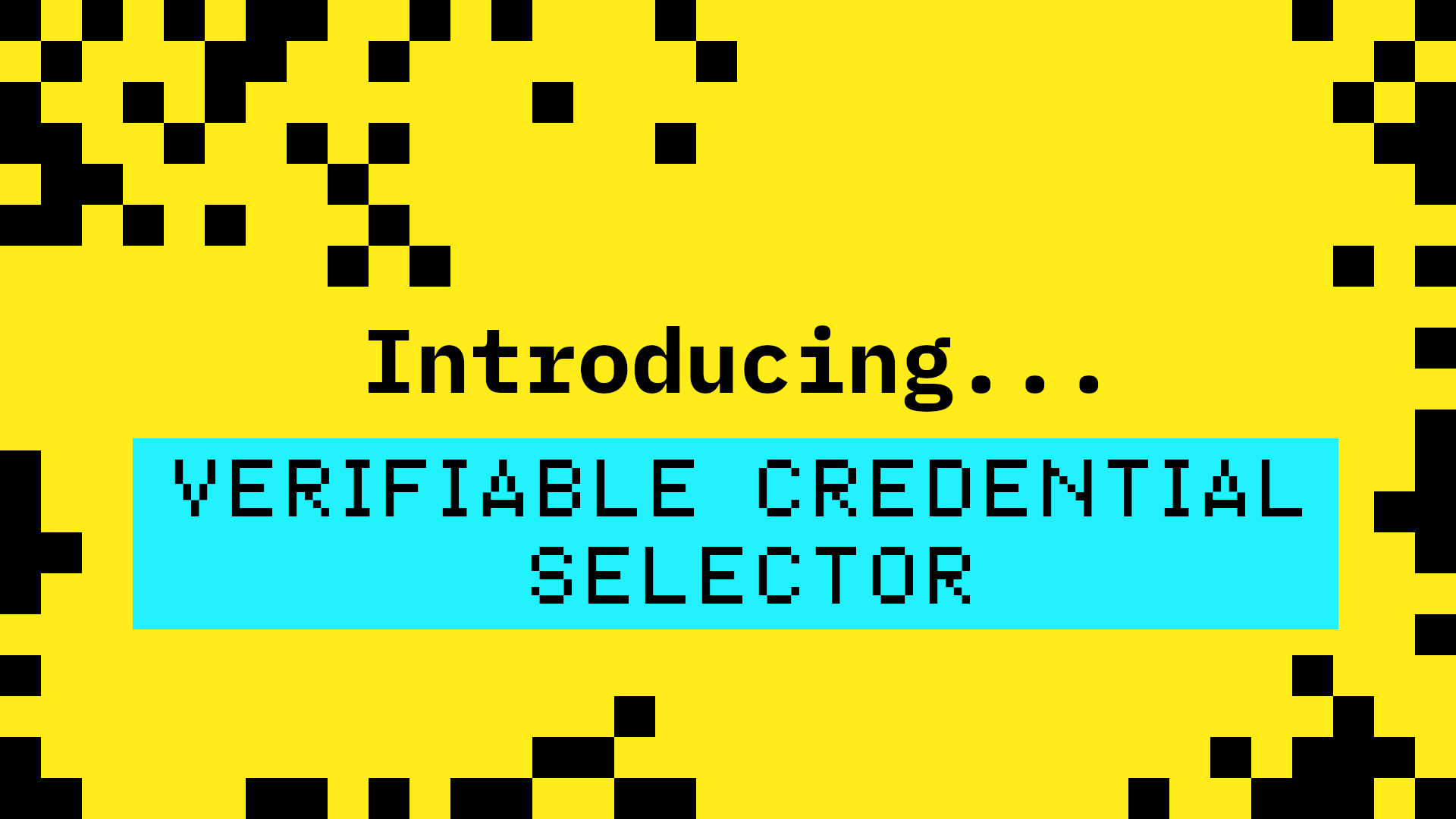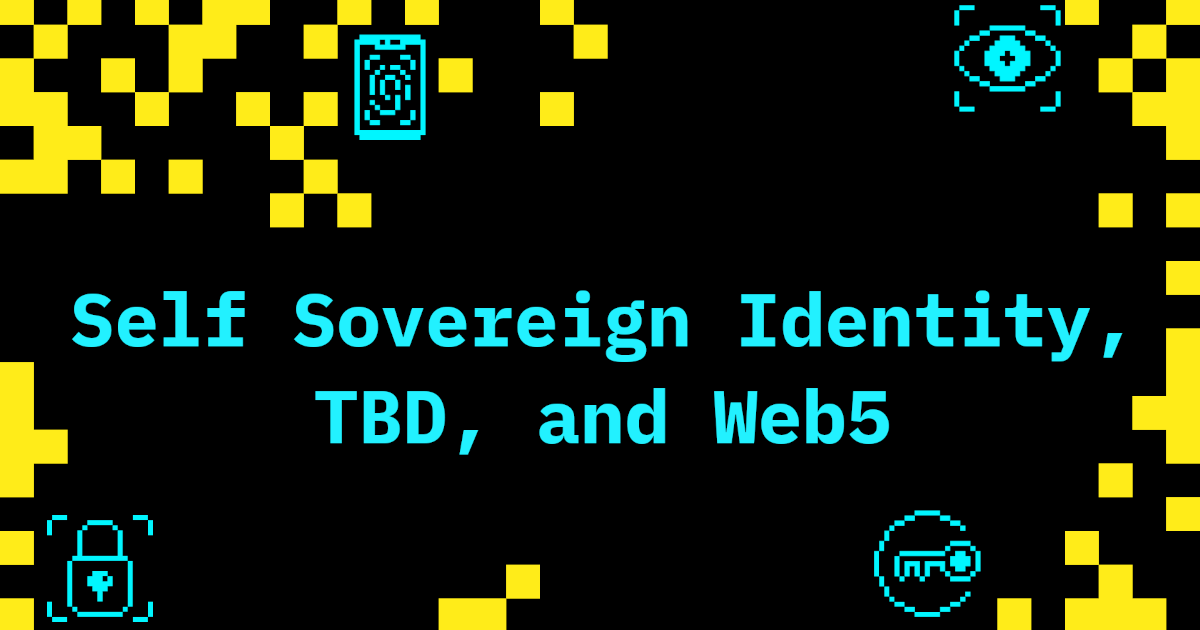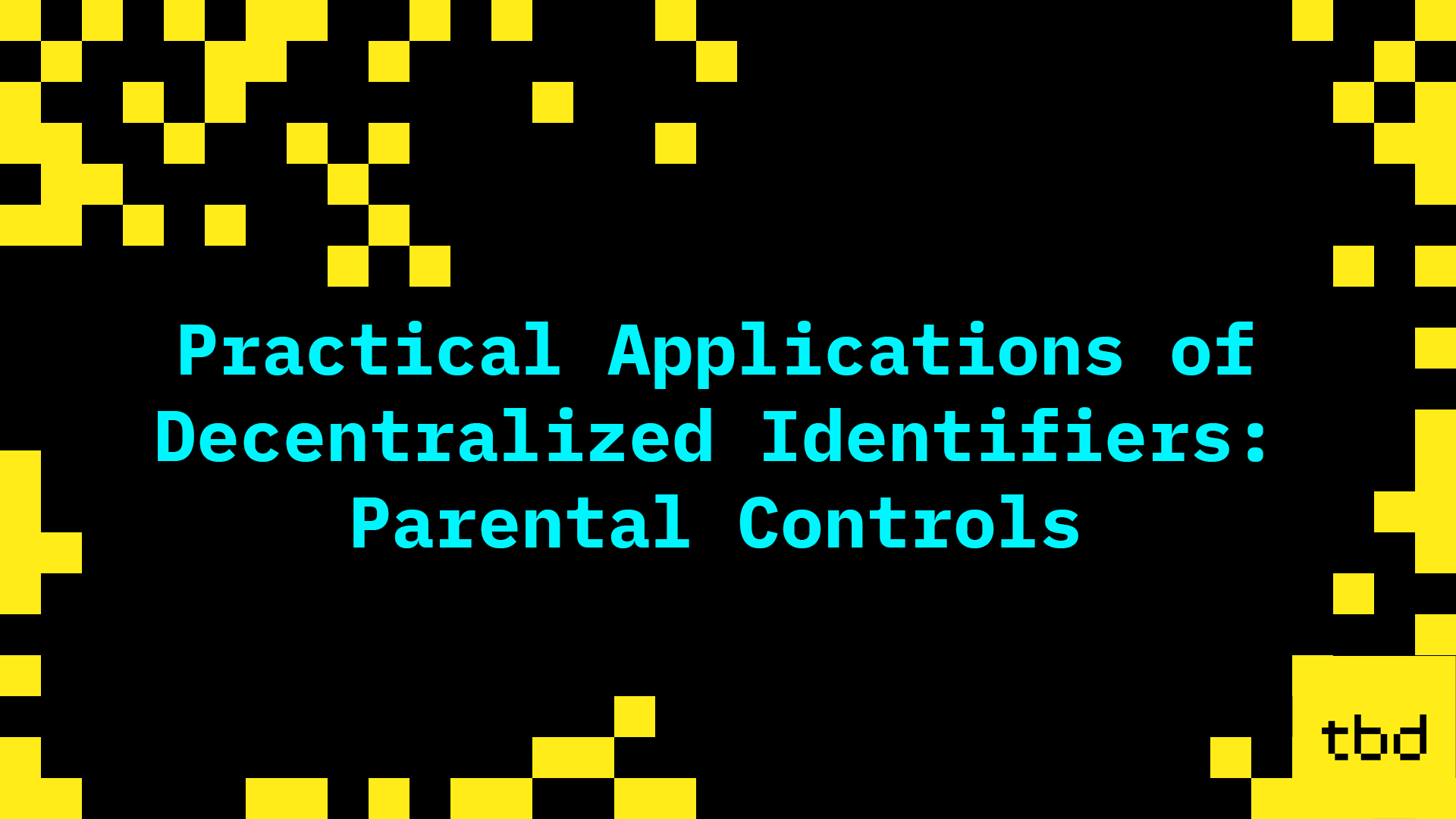
Recently on the blog we talked about why decentralized identifiers (DIDs) are a practical solution to real problems. In that post we discussed some high-level concepts behind how and why DIDs could solve many of the identity and data problems we face today, but today let’s dive deep on a specific problem set DIDs could solve: parental controls and minors’ digital security.
It’s an inescapable reality for parents today that their kids will be online. There’s no avoiding the reality that minors are going to consume a diverse array of content and interact with others on the internet, but parents do want to have a say in what’s put in front of their children. Digital safety is already incorporated by some services - such as Netflix - and platforms - like iOS - but universal parental controls and safety monitoring don’t presently exist. That could change, however, via DIDs and a concept known as DID controllers.
